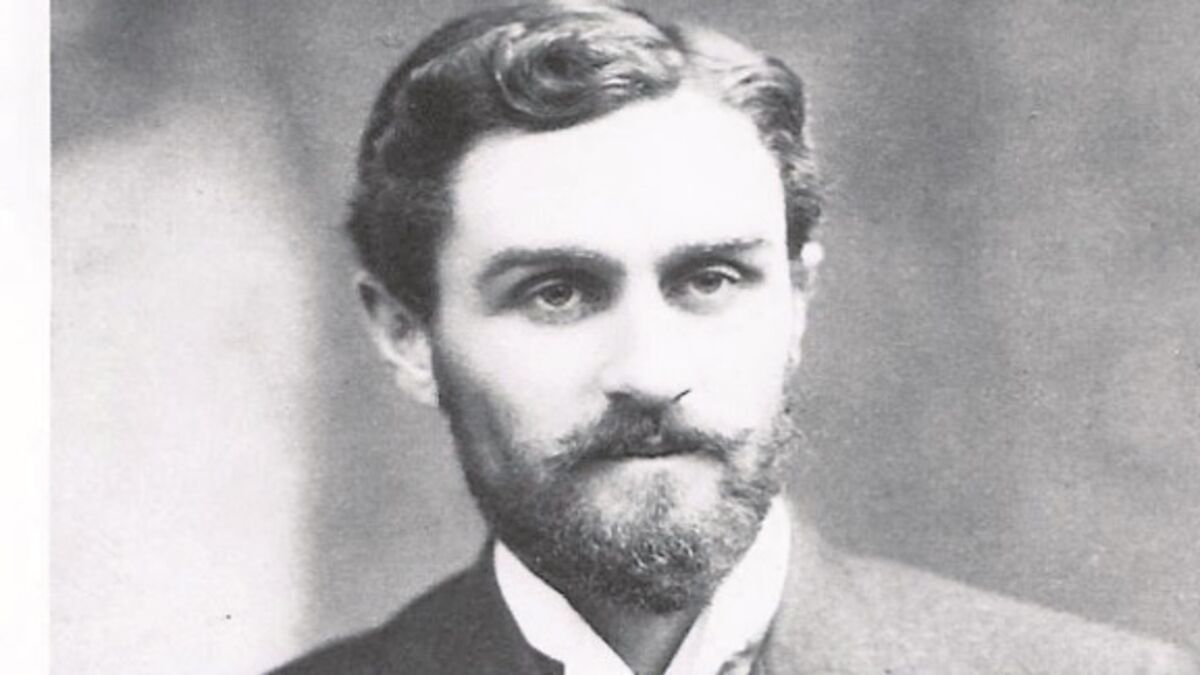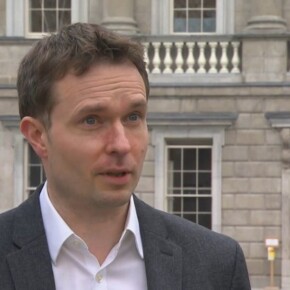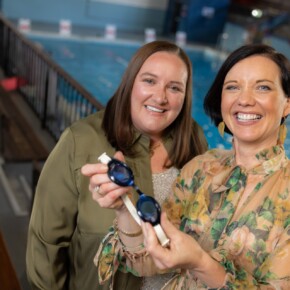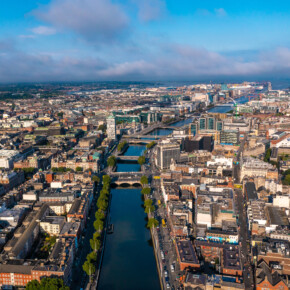Statue of Roger Casement erected at Dun Laoghaire Baths today
Gary Ibbotson 14 Sep 2021
A statue of the Irish revolutionary leader Roger Casement was erected at the end of the new jetty at the under-construction Dun Laoghaire Baths project today.
The statue was commissioned by Dún Laoghaire-Rathdown County Council and commemorates the human rights activist, who was born in Sandycove in 1864.
Casement, who worked for the British Foreign Office as a diplomat, was hanged in Pentonville Prison in 1916 for his role in the Easter Rising.
Speaking at the arrival of the sculpture to the site, An Cathaoirleach Lettie McCarthy said the statue “is a remarkable piece that will undoubtably become a focal point of interest.
“I am delighted to see this sculpture of Roger Casement being lifted into place.
“Its arrival also marks further progress on the redevelopment of the Dún Laoghaire Baths area,” she said.
The statue was created by sculptor Mark Richards following an open competition and is a representational bronze, standing over three metres tall.
Before his involvement in the Irish nationalist movement, Casement held a number of consular appointments in various locations in Africa.
During this time, he investigated and produced a hugely influential report on human rights abuses carried out by European commercial concerns in the Belgian Congo.
The Congo Reform Association he co-founded was a prototype of modern human rights organisations. He later reported on the abuse of rubber workers in South America for which he was knighted in 1911.
In 1913, Casement resigned from the Foreign Office and devoted his time to campaigning for Irish Independence.
Travelling first to USA, he most notably went to Germany to garner support for the Easter Rising and organise the smuggling of weapons into Ireland.
On Good Friday 1916, Casement landed at Banna Strand, Co. Kerry, where he was immediately arrested by British troops
As he was transferred to London to stand trial, his last sight of Ireland was from the boat at Dún Laoghaire harbour, near his place of birth.
At the end of a high profile trial he was found guilty of high treason and executed at Pentonville Prison on 3 August 1916.
In 1965 his remains were returned to Ireland for burial.
According to the local authority, works at the Dun Laoghaire Baths are almost finished after the initial completion date of December 2021 was delayed due to the Covid-19 pandemic.
“The current projected cost is €13.5m which includes the refurbishment of the existing Baths Pavilion, constructing a new jetty to give easy access to the water for swimming and the creation of a new route between Newtownsmith and the East Pier,” says Dun Laoghaire-Rathdown County Council.
The former Pavilion building has been substantially refurbished to provide studio and gallery space for artists as well as a cafe.
The original Baths entrance along Windsor Terrace is also being restored to provide access to the building while an outdoor terrace linked to the new café will provide a seating area.
Public toilets and a Changing Places facility will also be included in the Pavilion.











